2-Day SEM Short Course | Phoenix, AZ | February 2026

2-Day SEM Short Course: Explore the microscopic world in our specialized 2-day Scanning Electron Microscopy (SEM) Short Course. Held in Phoenix, AZ, this immersive program is designed for both experienced practitioners and newcomers, offering an in-depth exploration of both fundamental and advanced SEM techniques. Hosted at our state-of-the-art facilities, the course features hands-on sessions with […]
ISTFA 2025 | November 17-19, 2025 | Pasadena, CA
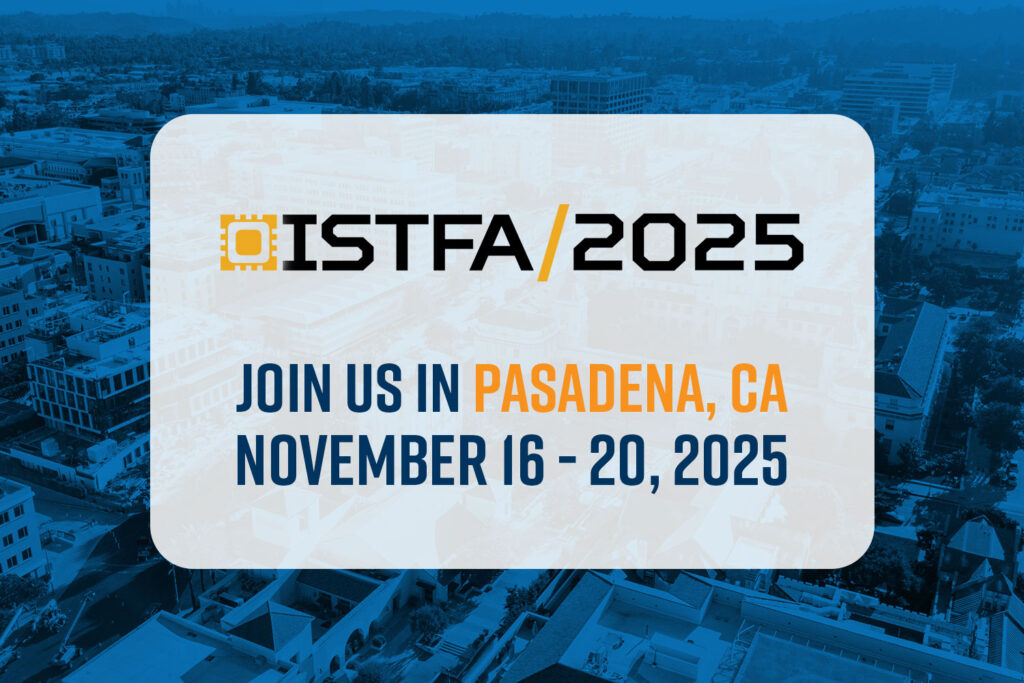
ISTFA 2025 Stop by and visit Nanoscience Instruments at booth #418 for the International Symposium for Testing and Failure Analysis (ISFTA) and discover how our class-leading microscopy solutions can elevate your material analysis! Get hands-on experience with the Phenom desktop SEM, featuring ChemiSEM technology that allows you to simultaneously visualize sample morphology and elemental distribution […]
Optical Microscopy vs SEM for Technical Cleanliness Analysis
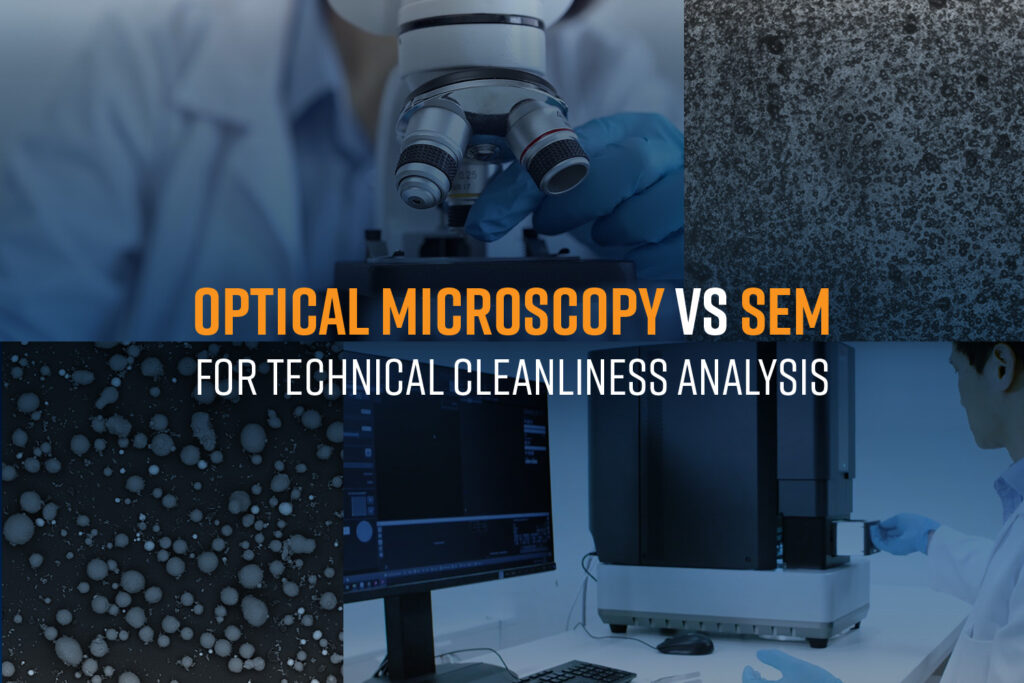
The performance of sensitive systems such as engines, hydraulics, electronics, and medical devices can be compromised in cases of particle contamination; this reduces product quality and introduces risks of failure. To prevent this, system components must meet standards of technical cleanliness (TC) to be accepted for use. Particulate quantity, size, and hardness are all considered […]
Choosing Between Optical and SEM Techniques for Particle Characterization
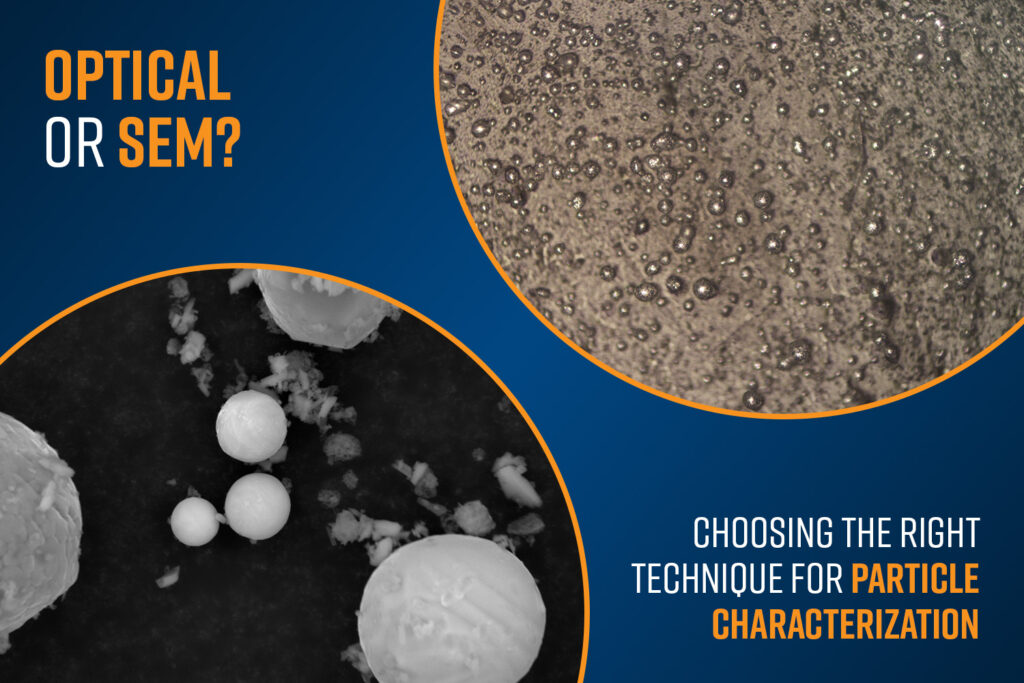
Particle analysis, which typically focuses on parameters such as size, shape, distribution, concentration, and composition, plays a critical role across a wide range of industries, from pharmaceuticals and biotechnology to advanced manufacturing and materials engineering., Two primary methods are commonly used to analyze particles: optical methods and scanning electron microscopy (SEM). While both aim to […]
The Battery Show 2025 | October 6-9, 2025 | Detroit, MI

Nanoscience Instruments provides solutions for battery development applications through cutting-edge instrumentation and analytical services. Visit our booth for live demonstrations of desktop SEM with automated workflows designed for structural and chemical analysis of battery materials, and learn about our surface characterization tools, battery cyclers & potentiostats, and process development and analytical services.
2-Day QCM-D Short Course | Alexandria, VA | Feb. 2026

2-Day QCM-D Short Courses: Join our specialized 2-day QCM-D (Quartz-crystal Microbalance with Dissipation monitoring) Short Course. Held in Alexandria, VA, this immersive program is designed for both experienced practitioners and newcomers, offering an in-depth exploration of both fundamental and advanced QCM-D techniques. Hosted at our state-of-the-art facilities, the course features hands-on sessions with the latest […]
What are the Key Applications of QCM-D?
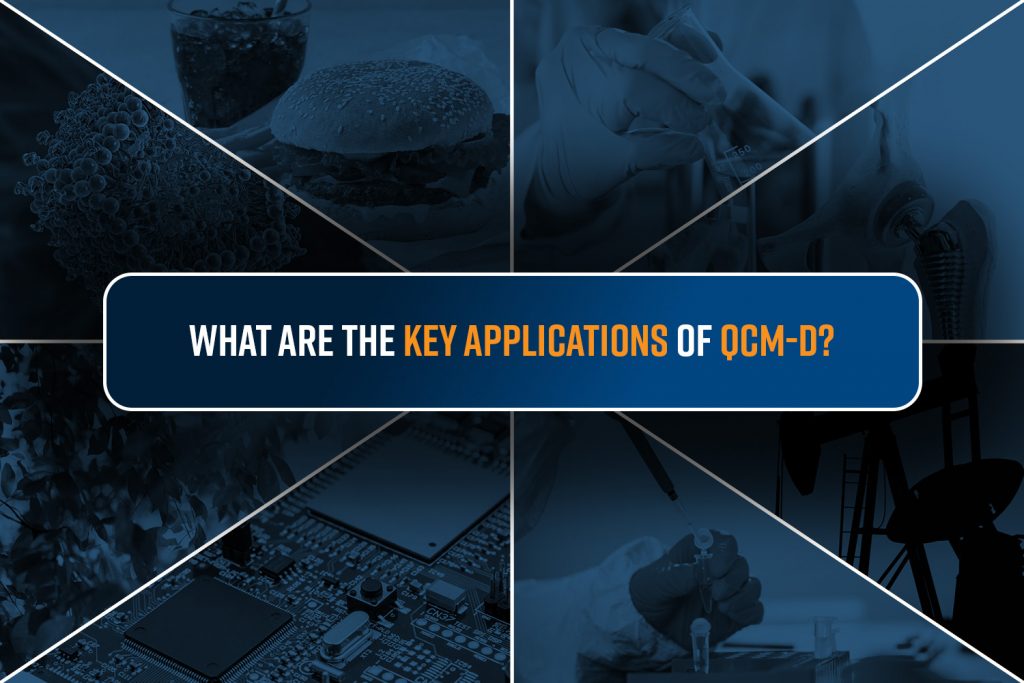
Quartz Crystal Microbalance with Dissipation monitoring (QCM-D) has revolutionized surface science by enabling real-time analysis of molecular interactions. However, traditional QCM-D workflows often involve time-consuming manual processes that introduce variability and inefficiency. In most QCM-D systems, sensor mounting, determining the resonance frequencies, stabilizing the baseline in air, priming the sensor, and establishing the baseline in liquids are performed manually.
A Guide to Particle Analysis: Key Methods, Applications, and Benefits
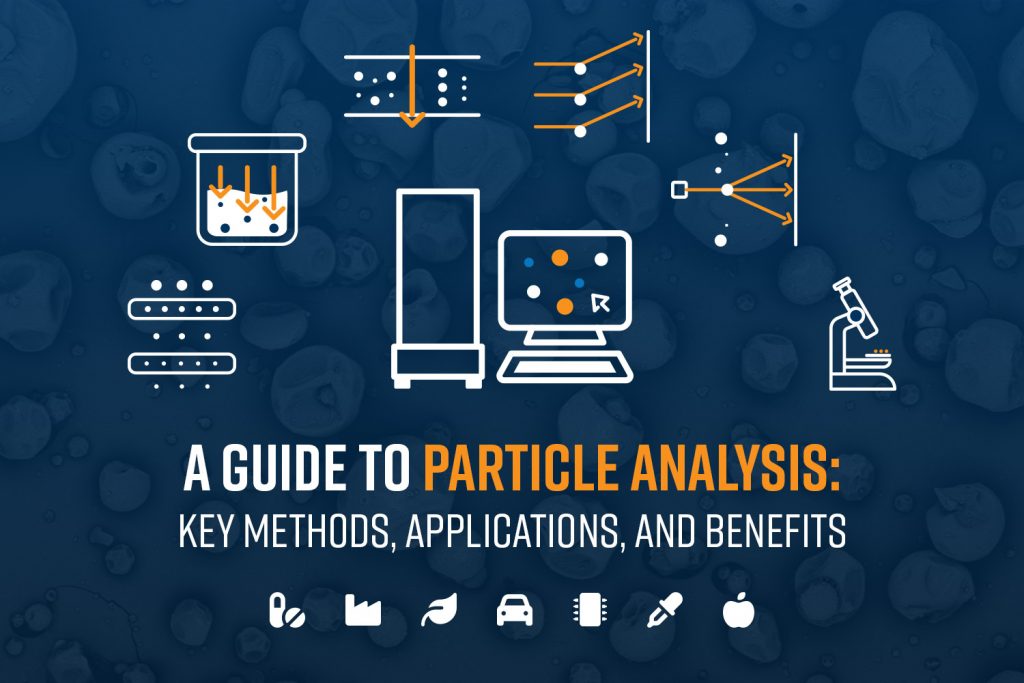
What is Particle Analysis? Particle analysis is the measurement and characterization of particles in a sample. Particle analysis typically focuses on properties such as particle size and size distribution, shape and morphology, count, concentration, and composition. Particle analysis is used to ensure quality control, understand material properties, and optimize production processes. Techniques for Particle Analysis: […]
Desktop SEMs: Advanced Imaging Without the Infrastructure
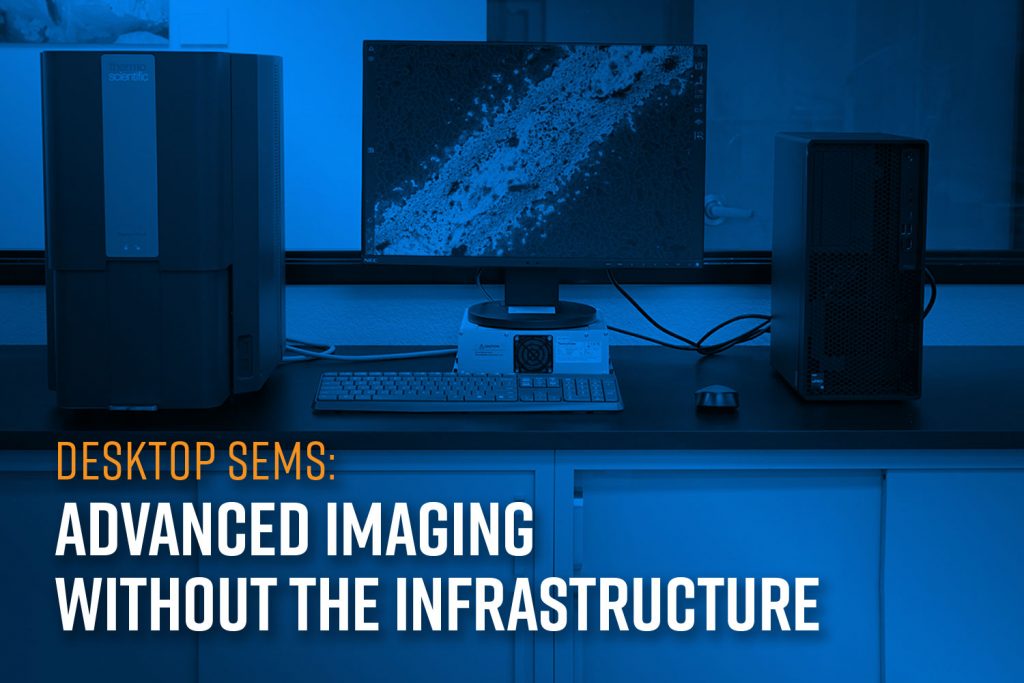
Scanning Electron Microscopes (SEMs) are indispensable tools for analyzing surface morphology, materials composition, and microstructural details at high resolution. They are used extensively across research institutions, manufacturing lines, forensic labs, environmental monitoring stations, and more. However, conventional floor-model SEMs come with significant infrastructure requirements, such as dedicated space, environmental conditioning, and auxiliary systems, that often […]
2025 NanoNews: SEM Edition Q2
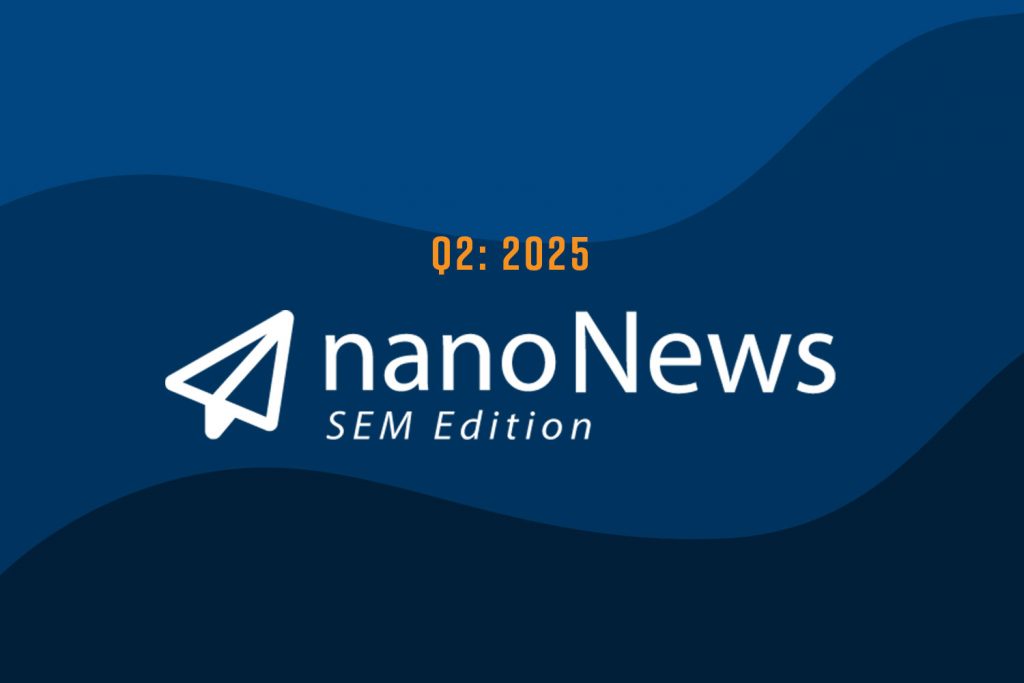
We’re pleased to share the latest edition of nanoNews! In the second quarter of the 2025 newsletter, you’ll find our webinar resources, event news, and our newest articles and technical notes – all focused on Scanning Electron Microscopy (SEM).
